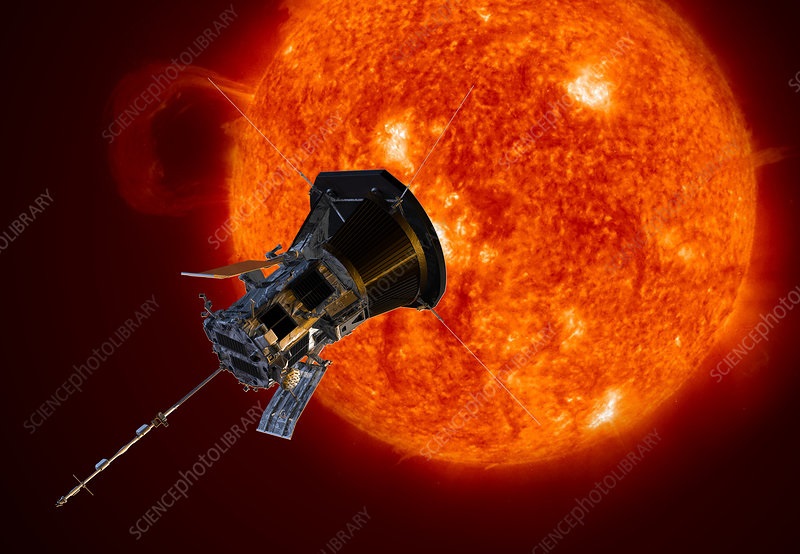The Parker Solar Probe is an engineering marvel, designed by NASA to 'touch the sun' and reveal some of the star's most closely guarded secrets. The waterproof probe, launched by NASA in August 2018, has been slowly approaching the blazing inferno of our solar system for the past three years, studying its magnetic fields and particle physics along the way. It was a successful trip and the probe set a speed record. In 2020, it became the fastest man-made object ever built.
See also: Huge asteroid heading for Earth - We will live, says NASA

But Parker learns a lesson about the consequences of its high speed: the constant bombardment of space dust.
Space dust is a diffuse element of our solar system and probably many other planetary systems in the universe. Tiny dust particles created by asteroids and comets dance eternally around the Sun. Parker, beating around the sun at almost unbelievable speeds, is constantly colliding with the grains and as they hit its metallic body, they heat up, evaporate and ionize and become plasma.
Basically, Parker is being bombarded by dust at such a speed that his body is constantly experiencing plasma explosions.
See also: NASA: Shows the first images of Earth from the Landsat 9 satellite
Using Fields, the detector's instrument for measuring magnetic fields, and Wispr, an imaging device that can take pictures of the sun and study the density of electrons in its corona, a team of scientists from the University of Colorado's LASP and the Johns Hopkins University Applied Physics Laboratory studied the severity of these effects.
The results of the latest study are being presented by David Malaspina, from LASP, at the 63rd Annual Meeting of the APS Plasma Physics Section on Thursday morning. You can find an abstract here.
And these results are worrying for Parker's safety. Malaspina and the team observed how some of the impacts would knock pieces of Parker off of Parker that would affect the probe's navigation cameras. If they unfolded at a certain angle, they would reflect sunlight directly onto the navigation cameras, blinding Parker for a moment.

This kind of impact could be fatal for Parker, blinding him enough to turn his heat shield the wrong way. Without the heat shield protecting it, the rest of the spacecraft could be fried.
Fortunately, Parker has continued to break her own speed records and, provided she can continue to withstand the constant bombardment, will continue to only go faster.
See also: Blue Origin's lawsuit against NASA over the Moon mission dismissed
In October, Parker used a Venus flyby to gather more speed and get even closer to the Sun. The spacecraft is expected to achieve its next perihelion (its closest approach to the Sun), which will break the record on 21 November.
At that point, the probe will be travelling at 163 kilometres per second (101 miles per second) and will be about 8.5 million kilometres (5.3 million miles) from the surface.
Source of information: cnet.com

